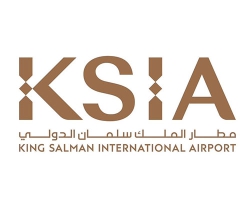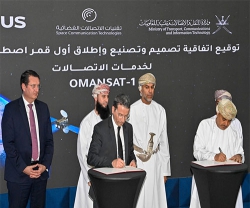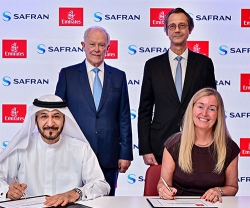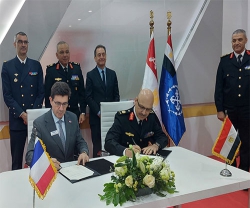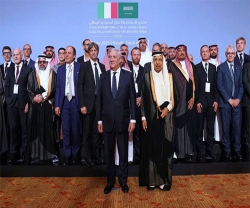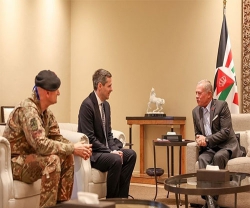The Emirates Group has registered a revenue growth of Dh49.4 billion ($13.4 billion) for the first six months of its 2017-18 financial year, up 6% from Dh46.5 billion ($12.6 billion) during the same period last year.
Profitability rebounded after a low during the same period last year, with the group reporting a 2017-18 half-year net profit of Dh2.3 billion ($626 million), up 77%. This result was driven by capacity optimization and efficiency initiatives across the company, steady business growth, and a more favorable foreign exchange situation compared to the same period last year, the group said.
The group’s cash position on September 30 was at Dh18.9 billion ($5.14 billion), compared to Dh19.1 billion ($5.19 billion) as at March 31 2017.
Sheikh Ahmed bin Saeed Al Maktoum, Chairman and Chief Executive, Emirates Airline and Group, said: “A lot of the credit for our 2017-18 half-year results goes to our talented workforce who have worked hard to improve our business performance, and address our challenges without compromising on quality and service.”
“Our margins continue to face strong downward pressure from increased competition, oil prices have risen, and we still face weak economic and uncertain political realities in many parts of the world. Yet, the group has improved revenue and profit performance. This speaks to the resilience of our business model, and the agility of our people,” he added.
“The easing of the strong US dollar against other major currencies helped our profitability. We are also seeing the benefit from various initiatives across the company to enhance our capability and efficiency with new technologies and new ways of working. Moving forward, we will continue to keep a careful eye on costs while investing to grow our business and provide our customers with world-class products and services,” Sheikh Ahmed concluded.
In the past six months, the group’s employee base reduced by 3 per cent compared to March 31, 2017, from an overall staff count of 105,746 to 102,669. This was largely a result of natural attrition together with a slower pace of recruitment, as various parts of the business adopted new technologies, streamlined business processes and re-allocated resources.
Emirates Airlines continues to invest in the most advanced wide-body aircraft to improve overall efficiency and provide better customer experience. During the first six months of 2017-18, Emirates received 10 wide-body aircraft - four Airbus A380s, and six Boeing 777s, with nine more new aircraft scheduled to be delivered before the end of the financial year. It also retired five older aircraft from its fleet with further 4 to be returned by March 31, 2018.
Overall capacity during the first six months of the year increased a modest 2% to 30.8 billion Available Tonne Kilometers (ATKM). Capacity measured in Available Seat Kilometers (ASKM), grew by 3 per cent, whilst passenger traffic carried measured in Revenue Passenger Kilometers (RPKM) was up 5% with average Passenger Seat Factor rising to 77.2%, compared with last year’s 75.3%.
Emirates carried 29.2 million passengers between April 1 and September 30, 2017, up 4% from the same period last year. The volume of cargo uplifted at 1.3 million tonnes is up 5% while yield improved by 8%.
Dnata saw steady growth across its global businesses which now span 84 countries. In the first half of 2017-18, dnata’s international operations accounted for over 67 % of its total revenue.


